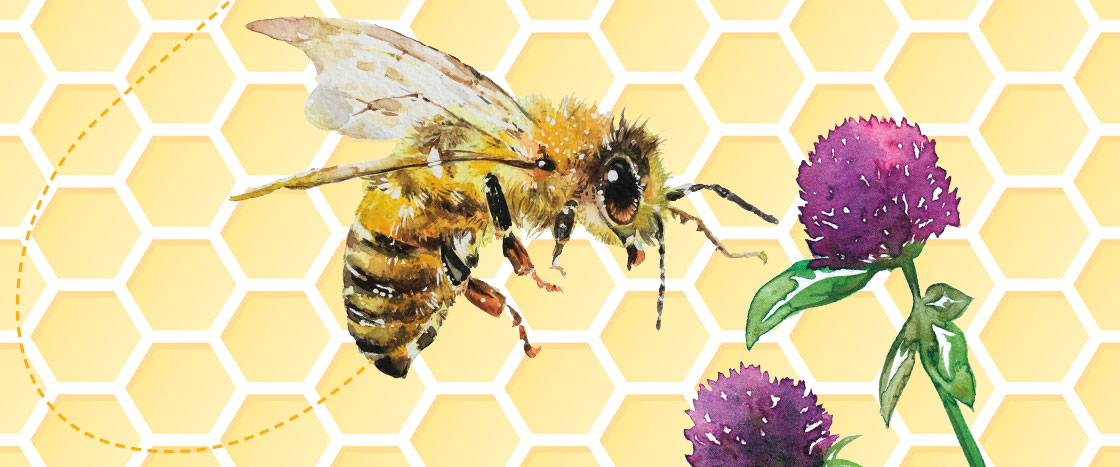Fame is a bee.
It has a song—
It has a sting—
Ah, too, it has a wing.

Emily Dickinson captures the aspects of fame with a stinging metaphor
Learning Objective: Students will learn about metaphors by deciphering how, in each line of her brief poem, Emily Dickinson compares a different aspect of fame to a bee.
Introduce your students to another Emily Dickinson poem, “I’m Nobody! Who are you?” Have them compare and contrast how Dickinson describes fame in the two poems. What animal does she compare fame to in each? Then discuss: Which poem applies more to Emma? Which applies more to Aubree?
If your students become intrigued about this unique poet, they can learn more at the Emily Dickinson Museum website. They might especially enjoy visiting the Homestead, in Amherst, Massachusetts, where Emily Dickinson grew up! Scroll down to the “360 Viewer” to take a virtual tour of Emily’s bedroom and see several artifacts, including the desk where she wrote many of her poems.
More About the Story
Skills
metaphor, author’s craft, key details, interpreting text, author’s point of view, connecting texts
Complexity Factors
Levels of Meaning
The poem is an extended metaphor, comparing fame to a bee, in that they both have good sides but can be ultimately harmful.
Structure
The poem has four lines, the last two rhyming.
Language
The language is simple, but readers will need to infer the meaning of the comparison of fame to a bee. It also has some unconventional punctuation, with dashes at the ends of lines.
Knowledge Demands
No special knowledge is required.
1. Preparing to Read
2. Reading the Poem
3. Discussing a Poem
4. Skill Building
Distribute or assign the Poetry Kit (available in your Resources tab), which will guide students to write their own poem that starts with a metaphor!
Great Ideas for Remote Learning
Choose one or more of the discussion questions above, and ask students to record their answers on Flipgrid to share with the class. You might assign different questions to different students, then hold a class discussion when you meet together.